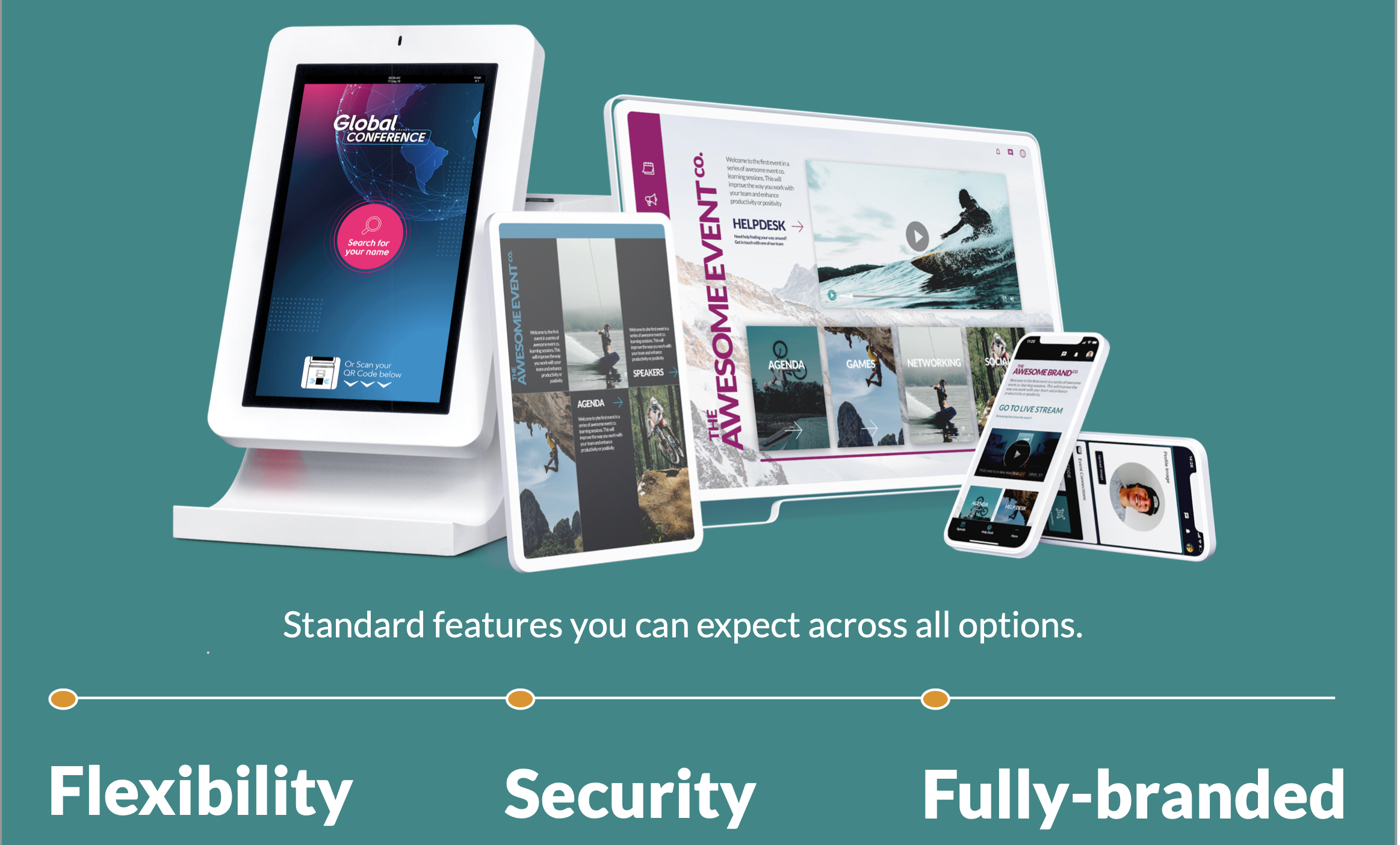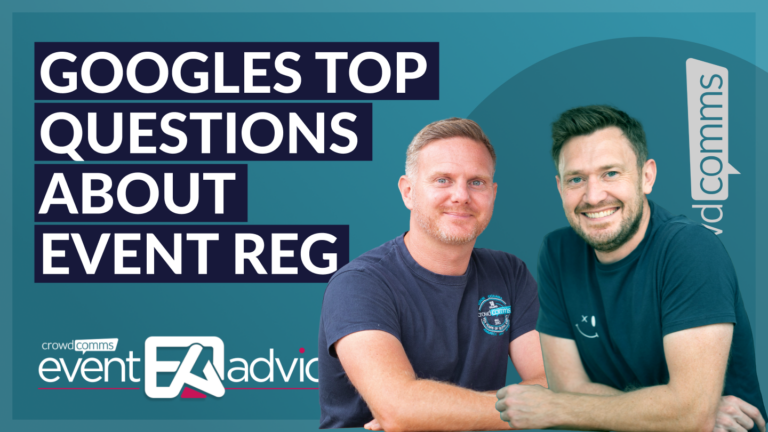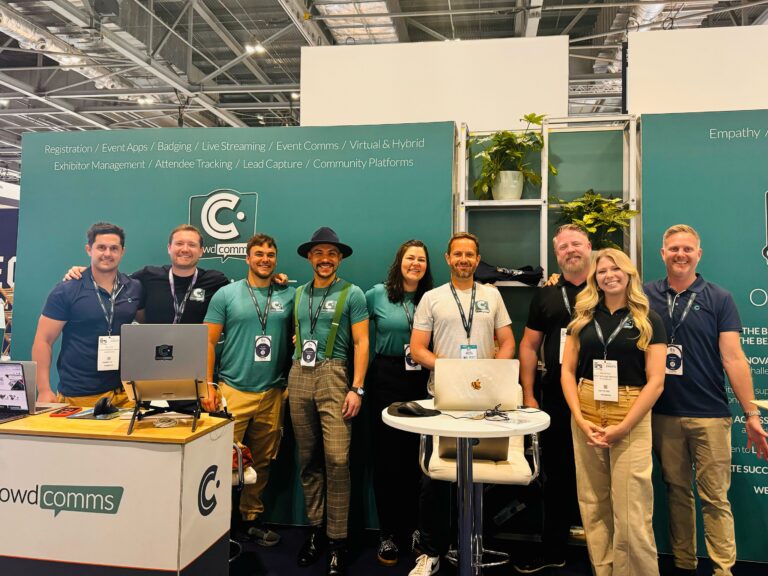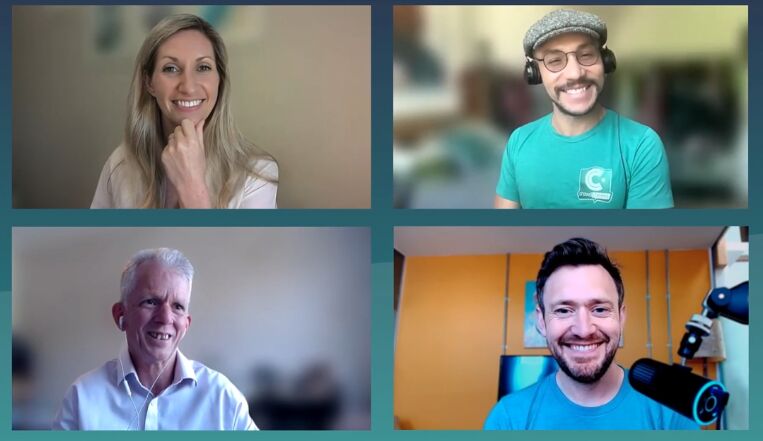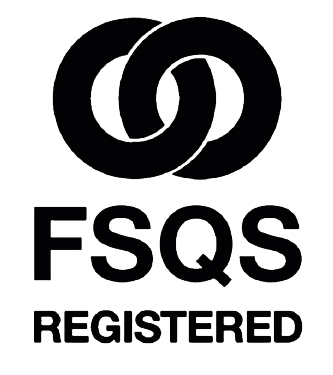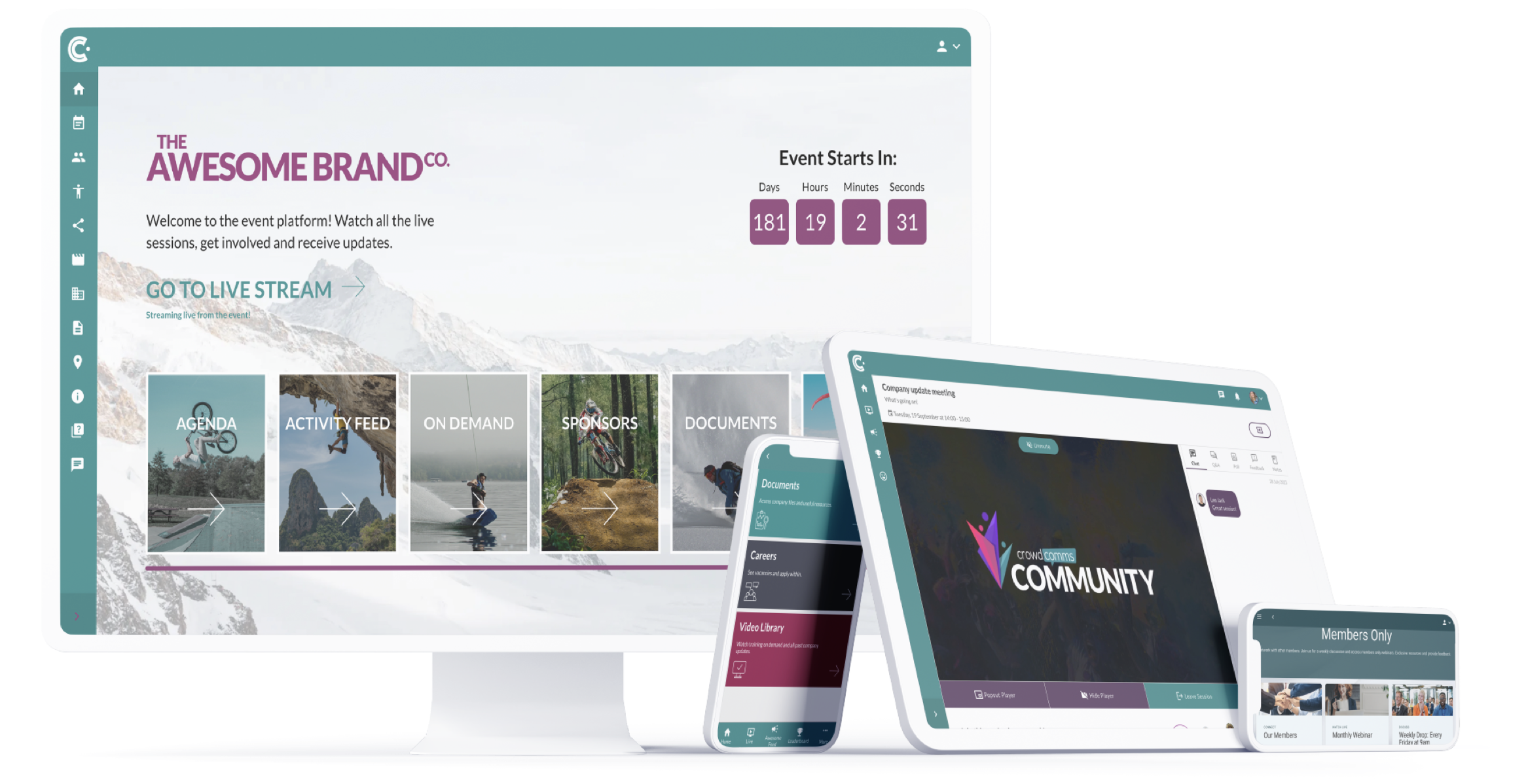
Live beyond One-Time Connections
As discussed in a recent Event Advice video Are Virtual Events Dead, virtual events aren’t on the decline as many discussions may have you believe.
Instead, virtual and hybrid events have seen a rise in popularity particularly as brands are trying to engage with their customers year-round.
You see, virtual events offer something that physical events just can’t do – they offer year-round engagement beyond one-off experiences and it’s this level of engagement in the virtual space that can significantly elevate the impact and value of such events, something we’re going to be discussing in this latest blog.
The Surge in Virtual Events and their Importance
In recent years, virtual events have transitioned from a novelty to a necessity. The pandemic accelerated this shift, sometimes negatively, but now that the dust has settled, we’re seeing CrowdComms clients exploring innovative ways to connect with their audience year-round.
As brands and event organisers seek to maintain engagement with their audiences beyond two or three days of an event or conference, virtual events have become a key tool in the event planners arsenal, offering a range of benefits that can boost community engagement.
What Does an Event Community Mean?
‘Community’ seems like a word often used in the context of events, but what does it really mean?
At CrowdComms it means more than just a series of casual social media updates or video clips shared regularly trying to create some engagement. An important part of your marketing efforts of course, but community is the continuous interaction that keeps your audience invested, promotes brand loyalty, and drives sustained interest in your activities – whether that’s networking, sessions or other types of engagement your audience gets stuck into.
Think of event communities as an extension of your in-person events.
It’s a group of loyal, dedicated individuals who share similar interests and values related to your brand or industry. These individuals are often attendees of your events, whether physical or virtual, and play a crucial role in shaping the culture and success of your brand.
The Benefits of Community Engagement Platforms
So why are virtual event platforms (the same as community engagement platforms btw!) becoming more prevalent for maintaining year-round engagement with event communities? Let’s take a look at some key benefits:
- Increased Reach: Virtual events have the potential to reach a wider audience beyond just local attendees. This allows you to tap into new markets and grow your community globally.
- Cost-Effective: Hosting virtual events can be more cost-effective than physical events, making it easier for businesses of all sizes to engage with their audience year-round without breaking the bank.
- Flexibility: Virtual event platforms offer greater flexibility in terms of scheduling and content delivery. This allows for a broader range of engagement opportunities, such as on-demand sessions or networking at any time, catering to different time zones and schedules.
- Data Collection: Virtual events allow for easy data collection and analysis, providing valuable insights into attendee behavior, interests, and preferences. This information can then be used to tailor future virtual, hybrid or physical events to meet the needs and interests of your community.
Best Practices for Year-Round Virtual Event Engagement
With the benefits of year-round virtual events in mind, here are some best practices to keep in mind for engaging with your event community throughout the year:
- Consistent Communication: Keep your audience engaged by regularly communicating with them through different channels such as email, social media, and even a dedicated mobile event app, that replicates in mobile form your virtual event platform. This will ensure they stay up-to-date on any developments or upcoming events.
- Offer Diverse Content: Variety is key when it comes to keeping your audience interested. Consider offering a mix of live and pre-recorded sessions, interactive activities, and networking opportunities to cater to different preferences but also mix up your content such as adding infographics, sector specific memes, insightful whitepapers and blogs to engage your audience.
- Encourage Participation: Engagement is a two-way street, so make sure to actively encourage participation from your event community by asking for their feedback, opinions, and ideas via your community pages, which will help create a sense of ownership and investment in the community. You can utilise features such as live polling, Q&A sessions, and group discussions to facilitate this interaction.
- Create an Exclusive Experience: Consider offering exclusive perks or benefits to members of your event community such as early access to registration for upcoming events or discounts on merchandise. This will make them feel special and valued, further fostering their loyalty to your brand.
- Provide Value: Make sure your virtual events offer valuable content and experiences that are relevant and useful to your audience. This will help keep them coming back for more and establish your brand as a thought leader in the industry.
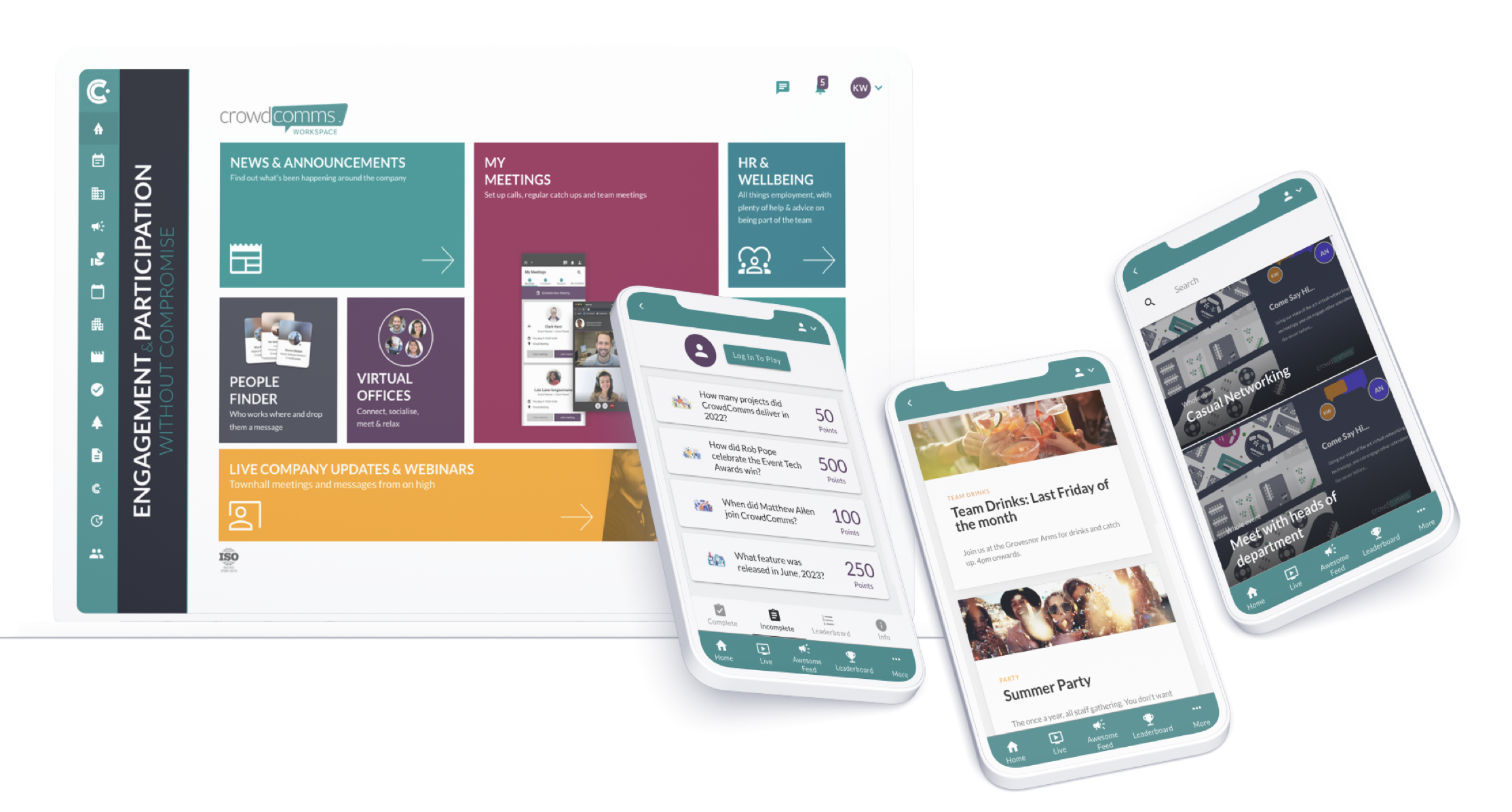
Measuring the Success of Hybrid Events
Evaluating the success of year-round engagement on your hybrid event platform is crucial for refining your strategies and achieving your goals. Key metrics to consider include:
Engagement Rates:
Monitor participation levels in your ongoing activities, such as webinars, Q&A sessions, and social media interactions.
Content Consumption:
Track how frequently your audience accesses and engages with your content. This includes views, downloads, and shares.
Community Growth:
Measure the growth of your community, including new members, active participants, and overall engagement levels.
Is a Community Right for my Event?
Given the benefits and best practices for community engagement on virtual event platforms, it’s clear that a thriving event community can bring immense value to your brand.
However, it’s important to consider whether a community is the right fit for your specific event or industry. Some factors to consider include:
- Your Audience: Is your target audience likely to engage in a community? Are they tech-savvy and active on social media? Or are they already active in a group on LinkedIn In? Find your community, see what they engage with, see if you can help enhance their experience.
- Your Goals: What are your goals for hosting a community? Do you want to boost brand loyalty, gather feedback, or create networking opportunities?
- Resources: Do you have the resources and capabilities to manage an ongoing community? This may require dedicated staff, technology, and budget and it likely won’t happen overnight – plan accordingly!
- Industry Relevance: Consider if your industry or event type lends itself well to community engagement. For example, a niche B2B conference may have more success in building an active community compared to a large consumer event with a broad audience.
At the end of the day, it’s important to weigh the potential benefits and challenges of creating and maintaining an event community before deciding if it’s the right move for your brand.
But with the rise of virtual events and year-round engagement platforms, having a strong and engaged community can be a valuable asset for any event organiser.
At CrowdComms, we’ve built our event technology to support this type of engagement, helping you create and maintain a strong event community that will benefit your brand and audience in the long run crossing from physical events to virtual, hybrid or year round communities.
So why limit yourself to just one or two physical events a year when you could engage with your community all year round through virtual events? As technology continues to evolve, so do the endless possibilities for building and nurturing event communities.
Embrace the potential of year-round virtual events and watch your community grow and thrive.
